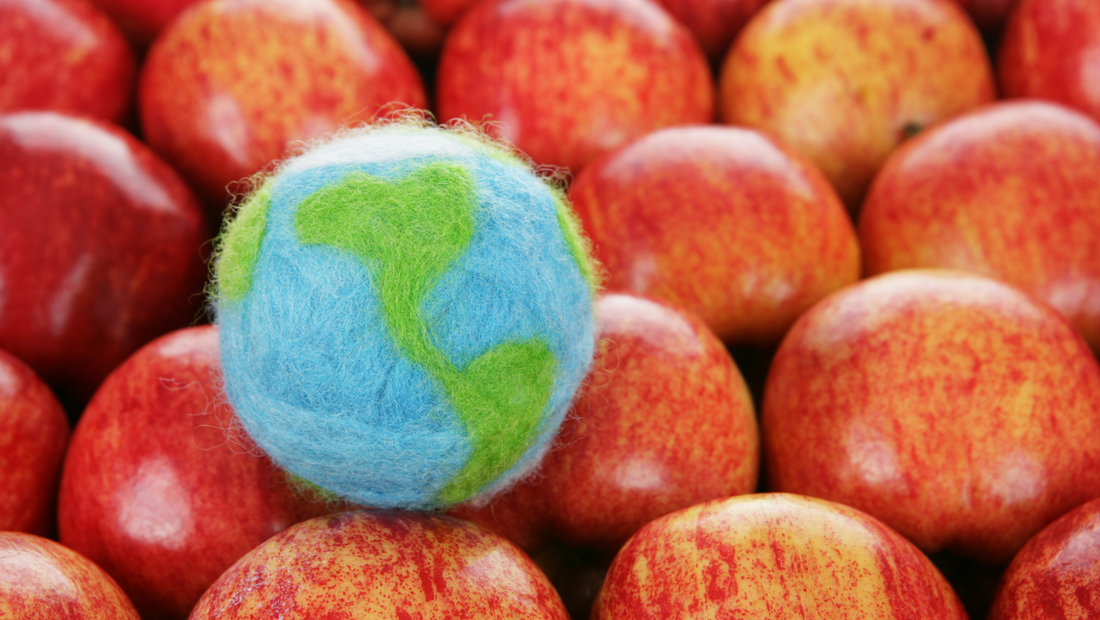
The True Cost of 'Cheap': Why Imported Produce Isn't Always a Bargain When You Factor in Subsidies and Logistics
Share
The allure of out-of-season blueberries in February or consistently low-priced bananas is powerful. In a globalized market, consumers are conditioned to seek out the cheapest possible price tag, often leading them straight to the imported produce aisle. However, the price displayed at the checkout counter rarely reflects the true financial, logistical, and ecological cost of that food. When you pull back the curtain on foreign agricultural subsidies and the complex supply chain required to move fresh food across continents, the "bargain" often looks more like a deferred payment.
The Invisible Handout: Foreign Subsidies
One of the most significant factors skewing the price of imported produce is the systematic use of subsidies by foreign governments. These aren't always immediately apparent, but they function as an "invisible handout" that artificially lowers the production cost before the product even leaves its country of origin. These subsidies can take several forms:
-
Direct Payments: Cash transfers to farmers based on production volume or land use, directly reducing the cost per unit.
-
Input Subsidies: Cheapened access to essential resources like water, fuel, fertilizer, or even discounted crop insurance, allowing foreign producers to operate far more cheaply than local competitors who must pay market rates.
-
Infrastructure Support: Government investment in state-of-the-art port facilities, high-speed rail, or cold-chain storage that drastically cuts the producer's capital investment requirements.
When a domestic farmer operating without comparable support must compete against a heavily subsidized foreign crop, the domestic price is invariably higher. The consumer might save a few cents now, but the underlying market is fundamentally unbalanced, threatening local food systems and sovereignty in the long run.
The Logistics Pipeline: Energy, Spoilage, and Time
Beyond subsidies, the sheer complexity and energy demands of global logistics introduce massive financial and environmental costs. Fresh produce is highly perishable, necessitating a "cold chain", a continuous sequence of refrigerated storage and distribution activities. This process is expensive and energy-intensive.
Consider the journey of an imported avocado: it must be harvested, packaged, loaded onto a refrigerated truck, transported to a major port, loaded onto a refrigerated shipping container (reefer), sailed across an ocean, unloaded, and then distributed across a country via refrigerated rail or truck, all while maintaining a precise temperature range.
This journey entails two critical financial costs:
-
Fuel and Energy: Every mile traveled requires burning fossil fuels for transport and powering refrigeration units. This cost is technically accounted for, but it often externalizes the environmental debt.
-
Shrinkage and Spoilage: The longer the transit time, the higher the risk of spoilage, known in the industry as "shrinkage." The cost of wasted product (and the energy spent transporting it) is factored back into the price of the product that actually makes it to the shelf.
Furthermore, produce is often harvested prematurely, before it reaches peak nutritional value or flavor, simply to survive the voyage, degrading the quality of the final product received by the consumer.
Externalized Costs: The True Bargain
The deepest hidden costs are the externalized ones, expenses not covered by the transaction but paid for by society or the environment. When cheap imports undermine local farmers, the resulting lack of domestic food production capacity becomes a national security and economic risk.
We also pay indirectly through:
-
Environmental Degradation: The carbon emissions from thousands of miles of shipping are rarely offset or included in the product's price, contributing to climate change and air quality issues.
-
Labor Practices: The pursuit of the lowest production cost can incentivize lax labor regulations in exporting nations, translating into poor working conditions that the consumer inadvertently supports.
-
Loss of Local Resilience: Relying on distant supply chains makes a country vulnerable to geopolitical conflicts, pandemics, or natural disasters that can suddenly cut off the supply, leading to price spikes and shortages.
The "cheap" price tag on imported food is a carefully constructed illusion. It results from a complex calculus of government intervention, massive logistical effort, and the externalization of environmental and societal risk. Consumers committed to true value must look beyond the sticker price and consider the cost to the environment, labor ethics, and local food security. When these factors are included, the locally sourced item, even if slightly more expensive upfront, often represents the better, more sustainable investment.
